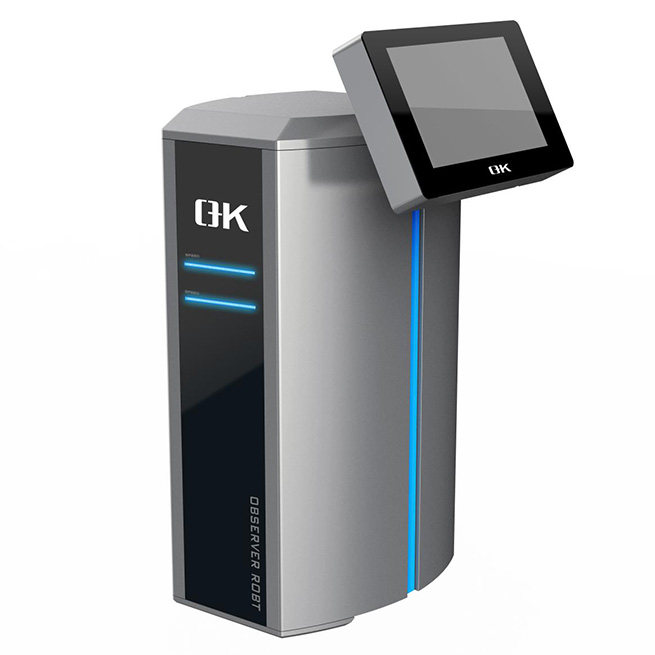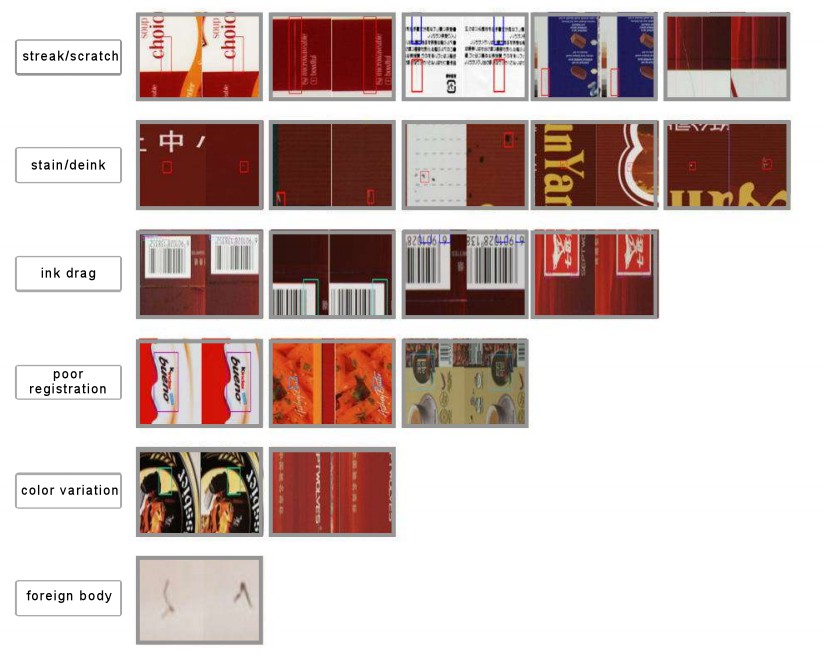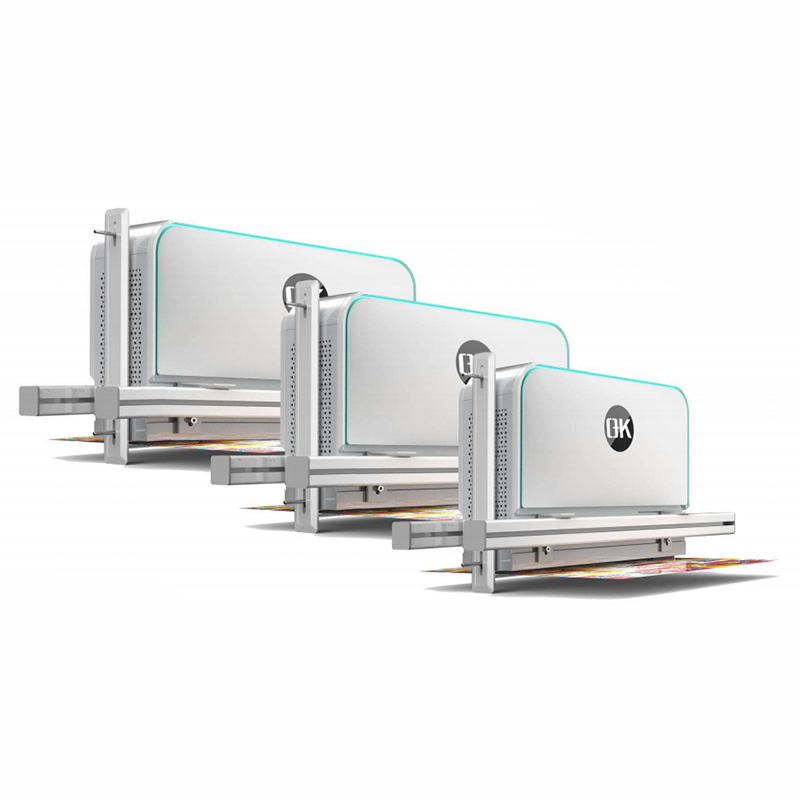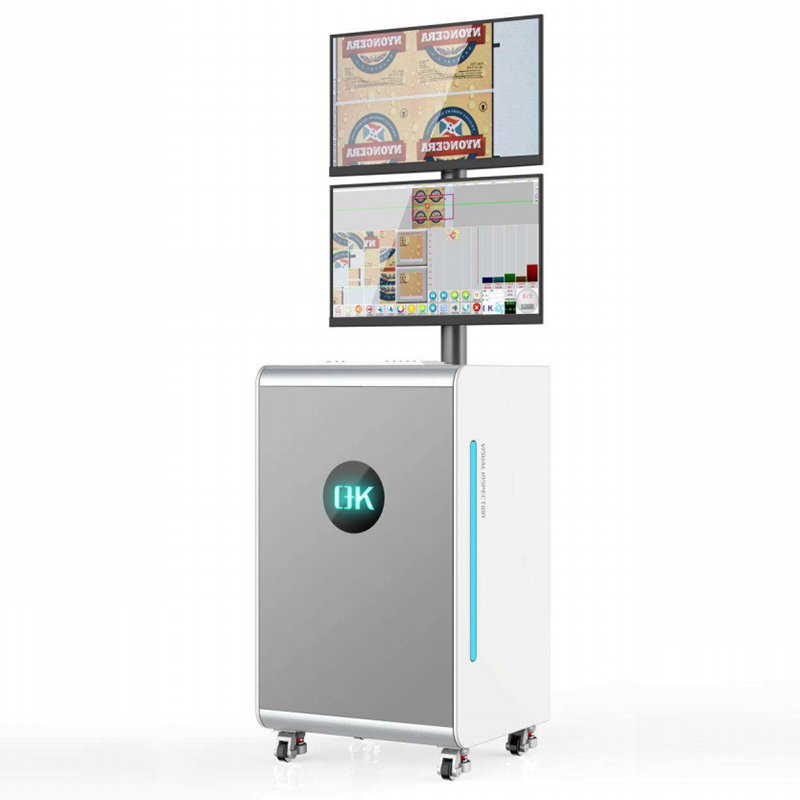Why Choose the Integration of Printing Inspection Systems with Workflow Management
Printing industries are continually looking for new ways to streamline processes and assure the greatest quality in their products. T The integration of printing inspection systems with workflow management has emerged as a game changer, completely changing the way printing processes are carried out. This article delves into the significance of this integration, its benefits, and the impact it has on overall productivity and product quality.
Understanding Printing Inspection Systems
Printing quality inspection systems examine printed materials for faults and discrepancies using advanced technologies such as computer vision and image analysis. These systems are capable of detecting faults such as misprints, color discrepancies, registration errors, and other flaws that could jeopardize the final product’s quality. Traditionally, these checks were done manually, which took up significant time and left room for human error. However, with the integration of automated printing inspection systems, businesses can now achieve a higher level of accuracy and efficiency.

Key Benefits of Printing Inspection Systems Integration with Workflow Management
The integration of printing inspection systems with workflow management provides numerous advantages to printing companies. This collaboration of automated inspection and optimized workflow procedures contributes to increased productivity, greater quality control, and overall operational excellence.
1. Increased Operational Efficiency
Automated printing inspection systems integrated with workflow management eliminate the need for manual labor in quality control. As a result, production cycles become faster and more efficient, allowing organizations to fulfill tight deadlines while increasing overall operational productivity.
2. Cost Savings
Reduced manual labor requirements not only boost efficiency but also result in significant cost savings. Automated inspection systems reduce the likelihood of human oversight errors, lowering the requirement for reprints and reducing waste.
3. Enhanced Quality Control
Automated inspection systems can uncover minor flaws and irregularities that would otherwise go unreported during manual inspections. Businesses may maintain a consistent high level of quality in their printed materials by combining these technologies with workflow management, lowering the risk of delivering subpar items to clients.

4. Real-time Monitoring and Correction
Workflow management solutions provide visibility into the printing process in real time. When integrated with web vision inspection systems for printing quality, any deviations or errors discovered can be corrected immediately, eliminating the creation of huge numbers of incorrect materials and reducing the need for costly reprints.

5. Data-Driven Decision-Making
The integration produces useful data about the printing process and quality management. This data analysis provides firms with actionable insights, allowing them to make informed decisions about process optimization, resource allocation, and continual development.
6. Consistency in Product Quality
Printing inspection systems ensure a consistent and high level of quality across all printed materials. This consistency is crucial for maintaining brand reputation and customer satisfaction, especially in industries where aesthetics and print quality are paramount.

7. Compliance Assurance
Many industries, such as pharmaceuticals and food packaging, have stringent regulatory requirements. Integrating inspection systems with workflow management helps ensure compliance with industry standards. The ability to trace and document the inspection process facilitates audits and regulatory approvals.
8. Traceability and Accountability
The integrated system enables traceability throughout the production process. Each step of the workflow, including inspection results, can be documented and traced back to ensure accountability. This is particularly valuable for quality assurance and customer satisfaction.
9. Reduced Downtime
The discovery of errors early in the manufacturing process reduces the chance of catastrophic interruptions. Addressing problems as soon as they arise lowers the downtime involved with reworking or reproducing big batches of goods.
10. Scalability
Scalability of integrated systems allows organizations to adjust to fluctuating production levels. The integrated system can be changed to retain the same level of efficiency and quality control while coping with increased demand or expansion.
Conclusion
The integration of printing inspection systems with workflow management constitutes a critical step toward printing industry efficiency and excellence. As technology advances, incorporating novel solutions will most likely become standard practice, setting new standards for efficiency and quality in the printing sector and beyond.


